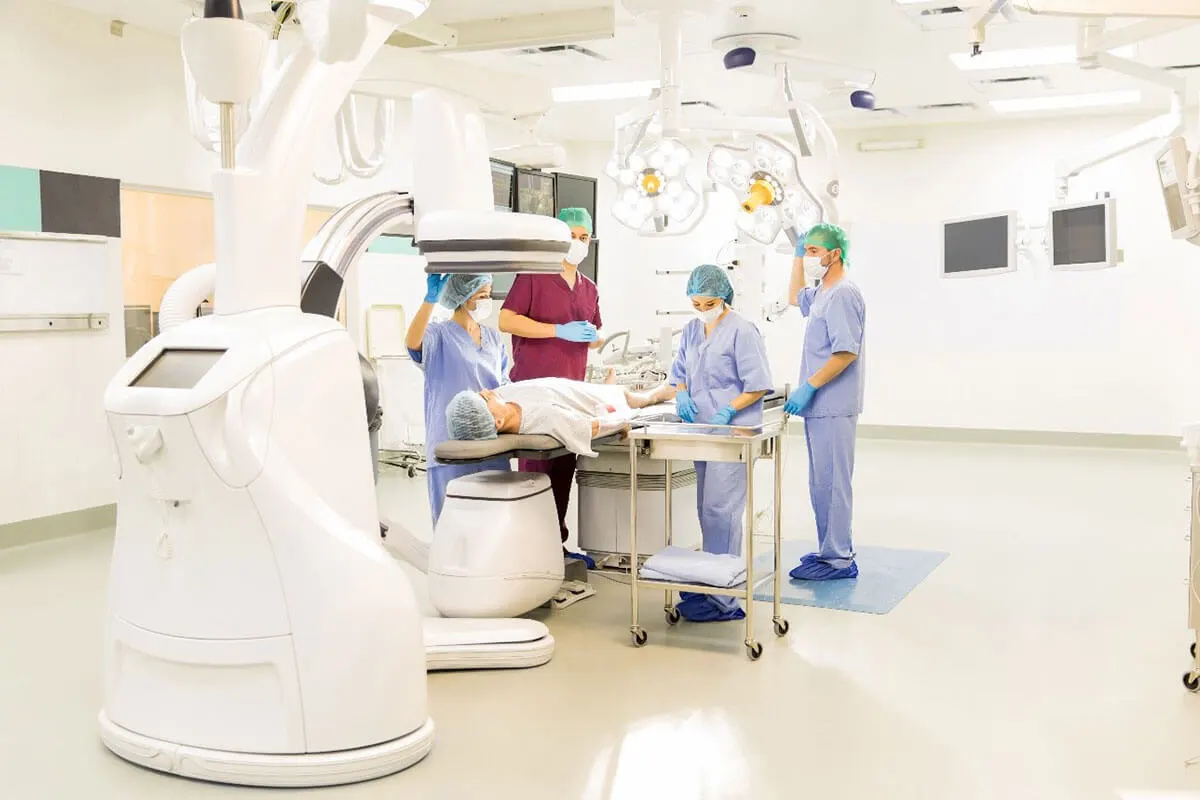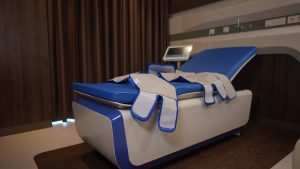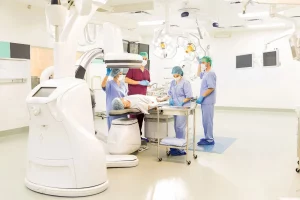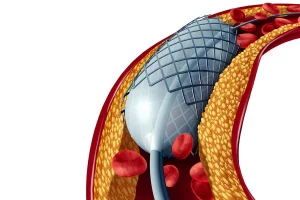Contrary to popular belief, angiography is a diagnostic method rather than a treatment. It involves the imaging of the heart’s arteries by administering a contrast agent and recording it using X-rays.
The main purpose of this procedure is to confirm or rule out suspicions of coronary artery blockage, and if blockage is detected, to decide on treatment strategies such as balloon/stent/bypass.
Interventional cardiology relies on angiography as one of its life-saving diagnostic methods.
Purpose and Importance of Heart Catheterization and Angiography
For this procedure, fasting for 4-12 hours is required, and the medications the patient takes can be ingested with water. Before being taken to the catheter (angiography) laboratory, the groin area needs to be shaved for better sterilization.
If necessary, a sedative medication is administered. The groin or arm area where the procedure will be performed is numbed, and a sheath is inserted into the artery in this area.
Thin tubes made of plastic-like material (catheters) are used to reach the heart chambers and record the pressure; contrast material is administered to visualize the heart vessels at various angles, and records are taken.
Procedure Overview and Post-Procedure Care
This procedure typically takes 20-30 minutes, and the duration can vary depending on the condition of the heart’s non-cardiac vessels. After the procedure is completed, the sheath in the groin or wrist is removed.
In wrist angiographies, a wrist bandage is applied, while in groin angiography, pressure is applied to the artery passing through the groin for 10-15 minutes, and after the bleeding stops, it is tightly closed with a bandage.
However, in some special cases, the cannula may need to remain in place for a longer period.
Except for some special circumstances, patients are allowed to return to their daily activities 24 hours after the procedure.
The probability of an angiography procedure ending without complications is more than 99%. During angiography, complications related to the procedure can rarely occur.
Pain, mild swelling, and bruising (hematoma, ecchymosis, pseudo-aneurysm) may occur in the area where the procedure is performed.
However, the likelihood of complications requiring repair in the procedure area is very rare. In rare cases, there is a possibility of stroke and damage to the heart vessels (around 2 per 1000).
It is known that the vital risk is less than 2 per 1000. In patients with high creatinine and urea levels, the use of iodinated contrast agents may lead to impaired kidney function. However, this impairment is mostly temporary.
Recovery After Heart Catheterization and Angiography
After undergoing heart catheterization and angiography, most patients are monitored for several hours in a recovery room. In many cases, patients can return to normal activities the day after the procedure, with minimal restrictions.
However, doctors may advise avoiding strenuous activities for a few days to allow the puncture site to heal properly. Regular follow-ups are important to monitor for any complications or improvements in heart function.







